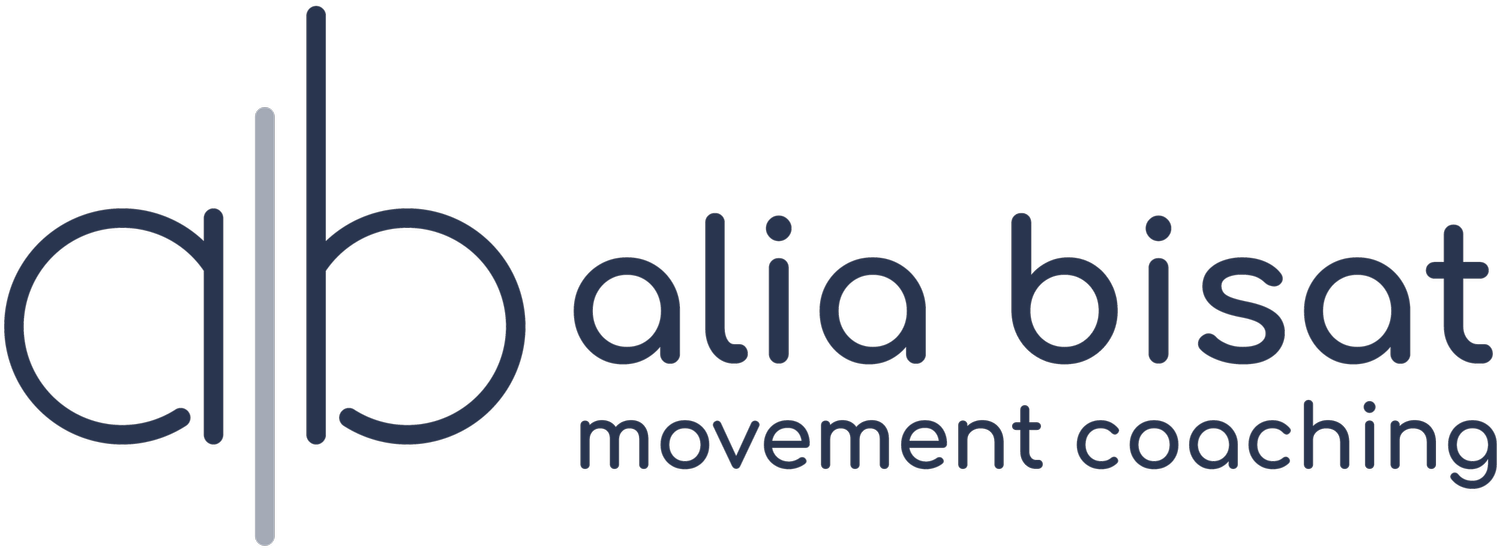What Is Biomechanics And Why Does It Matter?
One of my biggest “Aha!” moments, which took place several months ago, helped me solidify my approach to teaching. It was the understanding of biomechanics. I had been learning aspects of biomechanics without fully realizing it and had simultaneously been sort of confused by it.
Biomechanics is essentially the study of human movement. Bio— a living organism, and mechanics—the branch of physics dealing with the effects of force on motion.
My understanding and training up until my introduction to biomechanics was that our bodies are all different—from the obvious qualities like difference in height, to the less obvious qualities like difference in the depth of your pelvic socket. Those differences mean we all move differently, and the conversation stops there. If your hips sway dramatically when you walk, that’s just the way you you learned to walk. If you can’t drop your hips below your knees in a squat (like me), that’s just the way your hips are structured. My client is flat footed, therefore he rests all his weight in his inner foot when doing anything on his feet. So, that’s just the way his feet were designed.
Biomechanics offers another element to the story: There are basic principles that govern healthy movement, just like there are basic principles that govern healthy eating (eat lots of vegetables, eat less sugar, don’t overeat, etc). We can, and many times should, seek to incorporate those rules into our movement capabilities.
This was super confronting. What does all of this really mean? I’ve simplified it to these three points:
While we are born with a set of genes, we are products of our nurture more than we realize, especially during the years of early development.
The body’s movement capabilities (which originate in the brain) and the body’s tissue capabilities (which take place in the tissues themselves) are infinitely more adaptable in our later years than we realize. We are not set in stone after those early development years.
“Healthy movement” means well dispersed and efficient movement. So yes, there is a standard of movement to which we can all aspire.
The above is my interpretation of what I’ve come to understand about human movement. It took many many months of a furrowed brow to make sense of all if it (and I’ve only hit the tip of the iceberg). But the moment it all sunk in came during a conversation with Jenn Pilotti, a movement specialist in California and a mentor. Jenn said: “If you look at a group of elite runners running, they will look almost identical in their running form.” That was it! Of course! Elite athletes need to maximize their efficiency for competition. A runner can be muscularly strong and train speed and agility in all the right ways, but if he/she doesn’t adopt the basic principles of efficient running, he/she won’t get to the elite level. Length of stride, speed, and cadence, among other things, will vary (and these are the variables based on differing human bodies). But the form with which runners move their bodies—which is a product of the actions they’re performing while running—will be quite similar.
Why does this matter? Because the source of pain for an incredibly large portion of individuals with musculoskeletal dysfunction is inefficient movement (read: uneven dispersal of load and effort). You may not be an elite runner training for the next Olympics, but the principles that guide the elite runner are the same principles that guide your weekend 3 mile jog.
Now, human movement can’t be explained within one field of study, so biomechanics is only one piece of the puzzle (but it’s large and really fascinating piece!). That’s why I’m particularly excited to be on a plane, as I write this, to Las Vegas for the first half of my 300 Hour Teacher Training with Jules Mitchell. While Jules’s work has a heavy emphasis on biomechanics and understanding it through the lens of yoga asana, my training will also include aspects of motor control, pain science, and the consciousness of movement.
Stay tuned! (and keep moving!)
xo
